Beginning Android Development: Create Your Own Android Apps Today  1st Edition Copyright 2014 by PawPrints Learning Technologies
1st Edition Copyright 2014 by PawPrints Learning Technologies
All rights reserved.
No part of this book may be reproduced in any form or by any electronic or mechanical means including information storage and retrieval systems, without permission in writing from the author. The only exception is by a reviewer, who may quote short excerpts in a review.
First Edition: September 2014
Contents Introduction Welcome! Congratulations to taking the first step to creating amazing Android applications!
The rapid rise of the Android OS offers app developers one of the largest platforms available, and this easy-to-follow book walks you through the development process step by step. This book explores everything from the simple basics to advanced aspects of Android application development.
In it, we teach you how to download the SDK, get Eclipse up and running, code Android applications, submit your app to the Google Play Store and share your finished Android apps with the world.
We walk you through all the steps in developing applications for the Android platform, including the latest Android features like scrollable widgets, enhanced UI tools and contact capabilities Who this book is written for This book is written for the beginning Android developer. You should ideally have some background in programming. If you are new to Java, you might want to pick up that language first. You can check out my Java programming book for beginners .
How this book is structured In this book, we break down Android programming into smaller chunks which make individual chapters. Each chapter and its code examples are independent from those in earlier chapter so this gives you the flexibility to go directly to topics that you are interested in. What tools do I need? You will need a computer capable of running the Android Emulator. But having a real Android device would be useful. Source Code Just drop us an email at and we will send all source code to you! Contact We look forward to hearing from you at . Now wait no further and get started on your Android development learning journey! Chapter 1: Hello Android Programming! Welcome to the world of Android development! In this chapter, we will learn about what Android is, some of its background history of how Android has evolved and also see what the Android platform offers us from a development point of view.
We will have a brief look at the Android architecture and how we can distribute Android applications to the end users through the Google Play Store. We will then setup our development environment so that we can start developing Android applications. Finally we will create our first Android application and will learn about the anatomy of an Android application. So lets get started! What is Android? If you are interested in developing applications for Android platform, you might already have some idea about what Android is. Android is an operating system based on a modified version of Linux, which powers devices of different hardware configurations. The most common class of Android powered devices are smart phones but they aren't limited to smart phones only.
Broad ranges of other devices are powered by Android operating system as well, like tabLets, ebook readers, smart televisions and many other embedded devices run on the Android OS. But Android is more than just an operating system. You can have a look at how Google's Andy Rubin description of Android - The first truly open and comprehensive platform for mobile devices. It includes an operating system, user-interface and applications all of the software to run a mobile phone but without the proprietary obstacles that have hindered mobile innovation. In other words, Android is actually an ecosystem, made up of several components - A free and open source operating system for embedded devices, which is based on the Linux kernel An open source software development platform for writing applications which runs on Android OS and devices that run the Android OS Brief History and Motivation Android was originally created by a startup, named Android Inc, which was later (in 2005) acquired by Google. In November 2007, a consortium called Open Handset Alliance (OHA) was formed with 34 companies to develop Android in an aim to deliver better mobile experience for consumers by driving innovation in mobile technology and reducing cost by removing license fees for both handset manufacturers and software developers.
The OHA as per this point of writing has more than 80 members, including hardware manufacturers, software developers, mobile carriers, commercialization companies etc. The Android framework is distributed under the Apache Software License (ASL/Apache2) which enables the distribution of both open source and close source derivation of source code. This allows the device manufacturers to make improvements to the Android platform without having to provide these improvements back to the open source community. Thus vendors can make their own proprietary extension and differentiate their products from their competitors. While device manufacturers can add their proprietary extensions, they at the same time follow a Compatibility Definition Document (CDD) and Compatibility Test Suite (CTS) which describes the capabilities required for a Android device to support the software stack. As a result, an application developed for an Android device will run on a wide variety of Android devices from different manufacturers and hardware configurations.
Thus the Android platform offers a unified approach of application development. That's why the Android platform attracts large number of developers and the number of applications developed for android devices have been ever increasing. Over one billion Android smart phones and tables are already in use, and more than 1.5 million Android devices are being activated daily. These statistics suggest that there are huge opportunities for Android application developers. As more and more Android devices are being activated, the app downloads have been growing at an exponential rate. As an Android application developer, you get many benefits, some of them are - Unlike some other platforms, you don't need any certification to become a Android developer.
Your application can reach millions of target audience via the Play Store application which is pre-installed on most Android devices. The application approval process for distribution over the Google Play Store is minimal unlike the Apple app store. Android platform is made free and open by Google. With huge number of Android devices out there and distribution of application through Play Store, Android application developers have the opportunity to reach millions of users with their apps. Android Versions Since the release of the first commercial version of Android 1.0 on 23 September 2008, a number of versions were released over time. Each release corresponds to an API level number.
The below table lists different versions with release date, API level and the code names associated with that release -
| Android Version | API Level | Codename | Release Date |
| 1.0 | | - | 23 September, 2008 |
| 1.1 | | - | 9 February, 2009 |
| 1.5 | | Cupcake | 27 April, 2009 |
| 1.6 | | Donut | 15 September, 2009 |
| 2.0 | | Eclair | 26 October, 2009 |
| 2.0.1 | | Eclair | 3 December, 2009 |
| 2.1 | | Eclair | 12 January, 2010 |
| 2.2 2.2.3 | | Froyo |
Next page
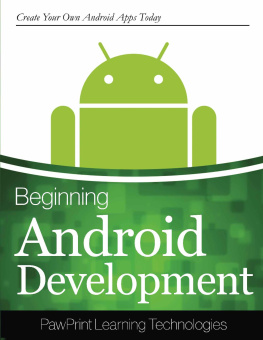
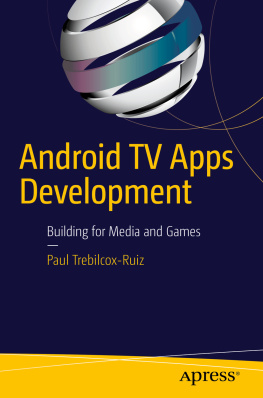
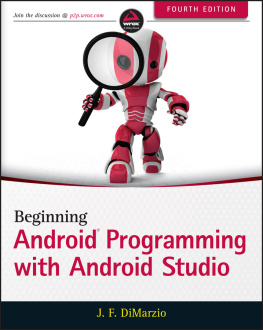

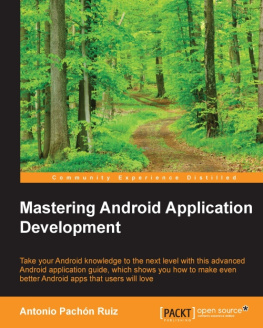


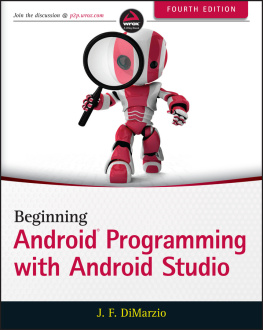


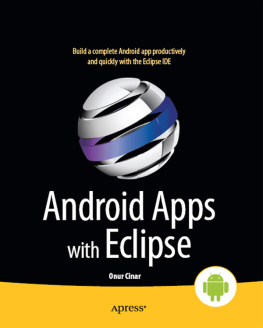


 1st Edition Copyright 2014 by PawPrints Learning Technologies
1st Edition Copyright 2014 by PawPrints Learning Technologies